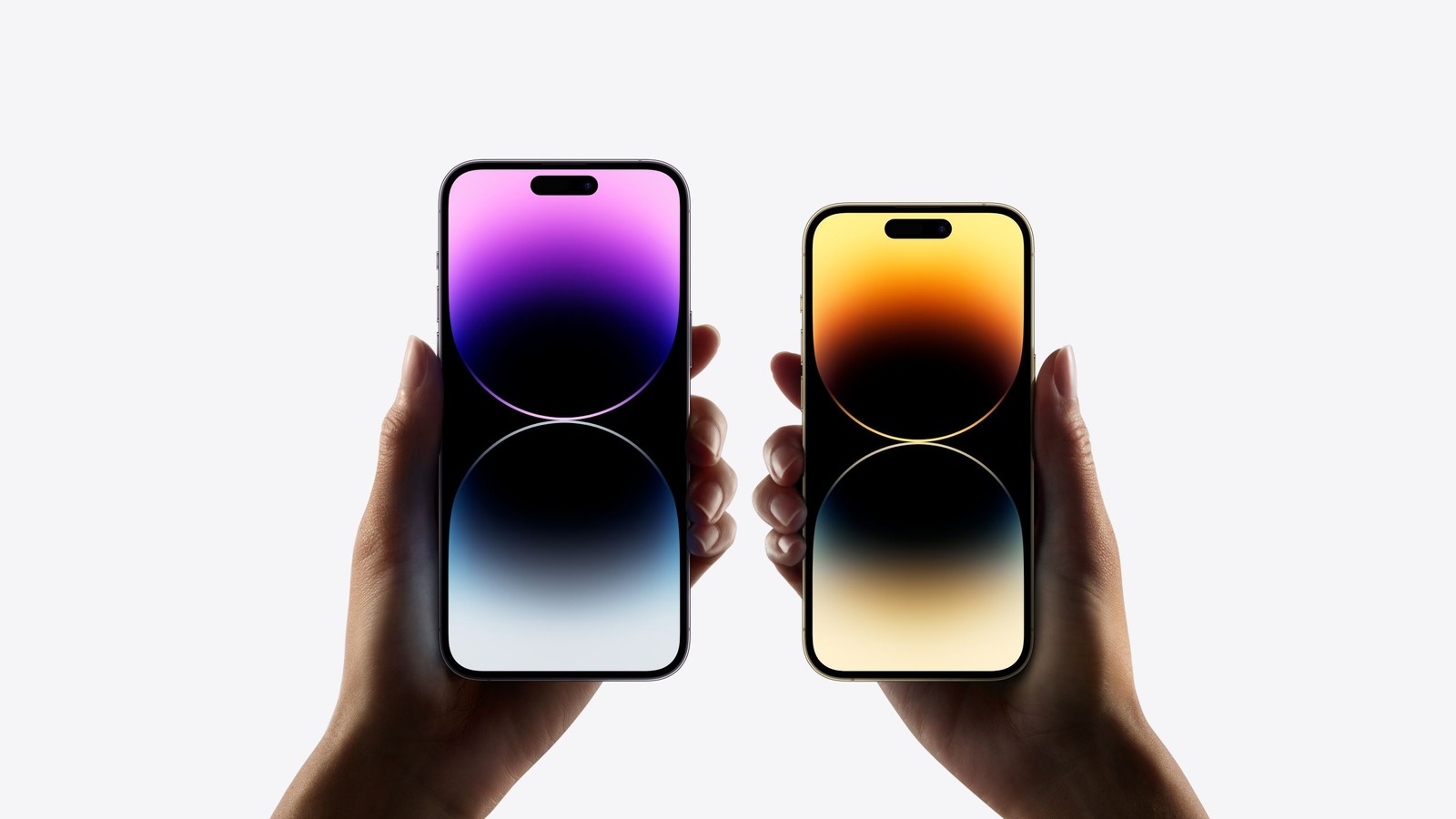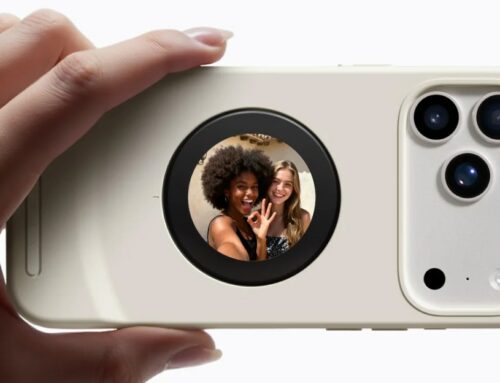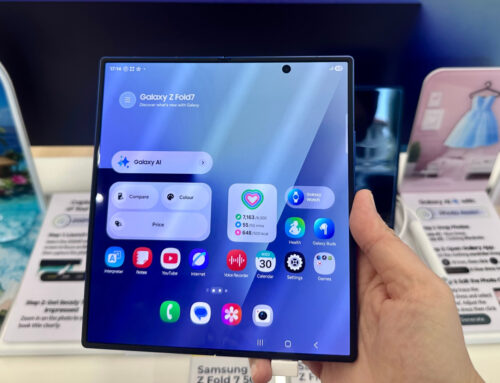With Apple recently announcing the iPhone 14 lineup and the holiday season fast approaching, consumers are gearing up to upgrade their smartphones. When researching their next purchase, buyers are bound to come across terms like IP67 and IP68 in the tech-specs section. While most tech-savvy buyers know what these terms mean, a sizable number do not understand what these numbers truly represent.
For the uninitiated, these numbers denote the water resistance capabilities of smartphones and wearables. Higher numbers usually correspond to the improved ability to resist water and dust. Issued by the International Electrotechnical Commission (IEC), IP ratings have become quite commonplace in the world of electronics. It has also become a norm for most consumer electronics brands to tout the IP ratings of their products in ad campaigns.
Apple has been a big proponent of advertising the IP ratings of its smartphones on its website. While all Apple iPhones sold today offer some form of water resistance, that wasn’t the case as recently as 2016 — until Apple launched the iPhone 7 lineup. These devices were the first iPhones to boast an IP rating. While iPhone models sold today feature the ratings to denote some form of water repelling capability, these devices don’t all offer same degree of protection from liquids.
How water-resistant is the iPhone 14?
Justin Sullivan/Getty Images
Most iPhone models sold today — ranging from the iPhone 12 series to the latest iPhone 14 series — are IP68 rated for water and dust resistance. These devices offer a higher degree of IP68 protection over older IP68-rated iPhone models like the iPhone 11 Pro and the iPhone 11 Pro Max.
While the iPhone 12, iPhone 13, and iPhone 14 line up boast of IP68 rating up to a depth of 6 meters, the max depth for the iPhone 11 Pro lineup is only 4 meters despite being IP68 rated themselves. For the even cheaper iPhone 11 models — even though they’re IP68 rated, these devices are only rated safe up to a depth of 2 meters (via Apple).
The only currently available Apple iPhone model to offer a lower standard of IP rating is the company’s third generation iPhone SE model, which continues to be IP67 rated for ingress protection. As a result, the 3rd gen iPhone SE model can only go up to a depth of 1 meter and could stay there safely for up to 30 minutes.
Despite touting the water-resistance capabilities of its newer smartphones, Apple does not cover damage caused by liquid under warranty. It is recommended, therefore, to be careful around water with your iPhone. For those interested in knowing more, Apple has a dedicated page explaining the diverse water resistance capabilities of its entire range of smartphones, starting with the iPhone 7.







